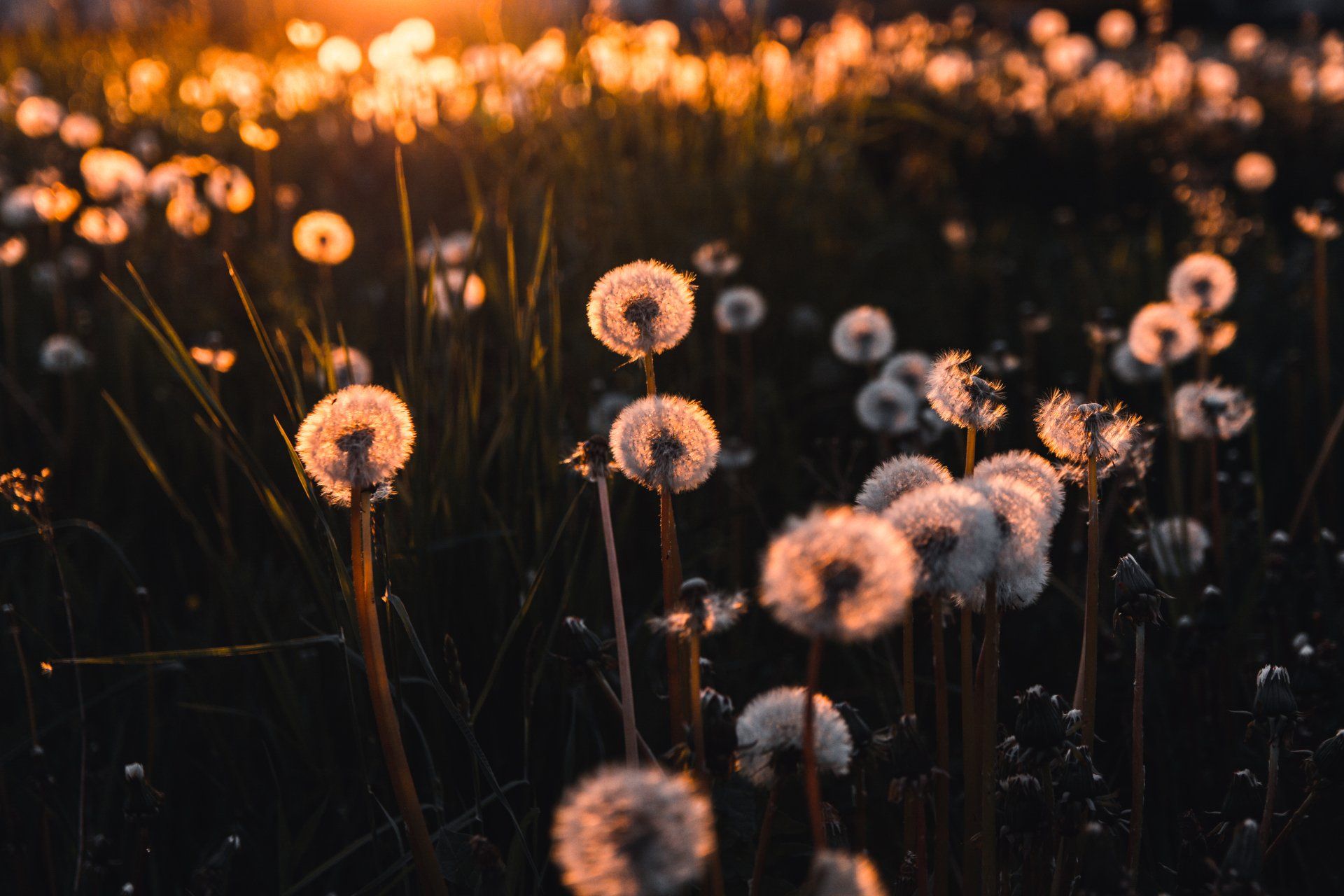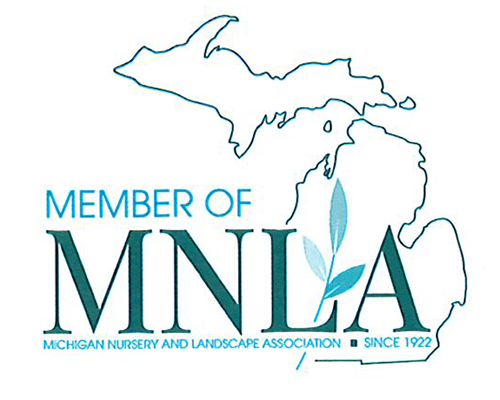Getting It Right: Overseeding & Spot Seeding in Michigan
Winter is fading and Michigan lawns are coming alive once again. Soon we’ll be working on spring yard cleanup and getting our lawn care routines in place. One of the most important steps toward getting the season underway is taking stock of lawn conditions to identify areas that require spot seeding, or overseeding. Read on to find out when and how to get started.
Identify the Problem
Whether it’s a few bald spots or an entire lawn that’s gone patchy, diagnosing the cause is key. If there are a few random spots, the cause may be grubs or other insects, or even heavy foot traffic. Midwestern lawns are also susceptible to winter salt damage, particularly along walkways. Switching to a lawn-safe deicer, placing landscape fabric along walkway edges in winter, or installing decorative borders are all good options for preventing salt damage. When it comes to foot traffic, consider taking steps to reroute heavily traveled areas by installing pavers, gravel paths, or fencing. If you find the damage is being caused by a pest problem, it’s important to complete treatment before spot seeding, as many pest control measures can damage freshly applied grass seed.
Diagnosing should also be performed if the lawn begins to discolor or look stressed. Compacted soil, poor drainage, a thick thatch barrier, and poor soil nutrition can all be the cause of lawn-wide issues. In addition, older lawns were often planted with grass varieties that were less sturdy and more prone to pests, disease, and age-related fatigue than today’s more resilient options.
When to Start
No one wants to spend the spring looking at a patchy lawn, but along with completing any treatment needed prior to seeding, waiting for the correct weather conditions is essential to ensuring proper growth. Early fall, from around the middle of August through late September, is the ideal time to begin overseeding. Fall’s moisture combined with the end of the worst summer heat create excellent conditions for seed growth. With fewer weeds competing for nutrients and space, soil that’s still warm, and little chance of the sun scorching new growth, spot seeding or overseeding in autumn is the best bet for Michigan lawns.
Not everyone will want to wait for fall to rejuvenate their lawn and that’s ok, because with proper timing spring seeding can also yield good results. Soil temperatures between 50 and 60 degrees (preferably closer to 60) will yield the best germination rates, so some time around Memorial Day is usually a good time to prepare for spot seeding or overseeding.
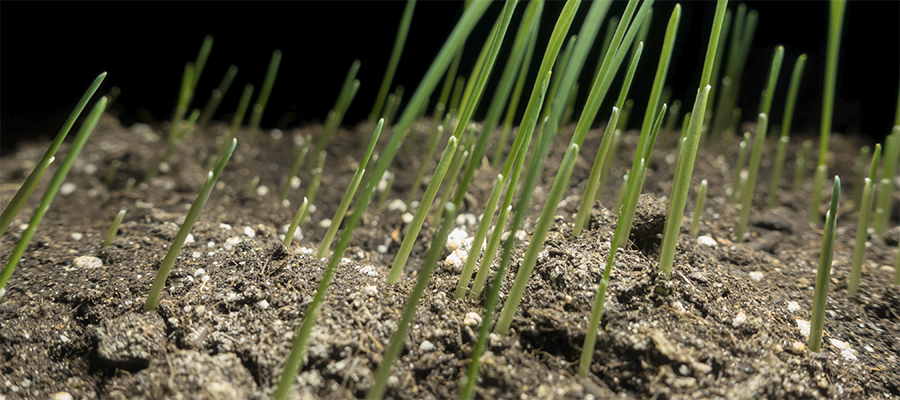
Getting it Done
Whether you decide to seed in spring or fall, good preparation of the area is a must. A few patches or a whole lawn, whatever the season, the steps are essentially the same.
It’s important to note that weed controls should not be applied immediately after overseeding, as these can also kill or damage grass seeds. It’s best to wait for your new grass to become established before applying weed control. Seed packaging will have specific timeframes, with the general rule being three mowings. Repair no earlier than mid-May, at least 6 weeks from pre-emergent. If you’ve hired lawn care professionals to complete the project, be sure to let them know about any controls you’ve already applied.
For spot seeding, prepare the area by removing any weeds, then break up the surface with a hard rake or similar tool so the seeds will be in contact with soil. This is also a good time to add soil amendments, such as peat moss or a specially formulated starter fertilizer. For small areas, generously hand broadcast seed, aiming for about 20 seeds per square inch, adding some seed to the margins of the spot to ensure the new grass blends in. Press in with the back side of a light rake without tamping too hard.
To prepare a large area or entire lawn for overseeding, the first step is to mow short (about two inches) and remove clippings. Next, examine the thatch and if it’s thicker than ½ to ¾ inch, consider dethatching. If thatch is less than ½ inch, aeration should be your next step, as this will allow grass seed optimal soil contact. After aeration, you’ll need a slice seeder or drop-type seeder and approximately three pounds of seed mix per thousand square feet.
For good germination, newly planted seed must be kept damp, not saturated, and never allowed to dry completely. We recommend watering lightly twice a day for the first four days, then watering deeply every other day for the next five days, and as needed to prevent wilting thereafter.

Custom Lawn Care Has You Covered
Whether you need advice on choosing a seed blend, are ready for aeration, or just don’t know where to start, we can help. Call us at (800) 570-3313 with questions about your seeding project or get a free instant quote for Weed Control & Fertilization here.
To see our lawn care pros in person and stay up to date on our latest deals, follow us on Instagram and Facebook.
View Our Services
-
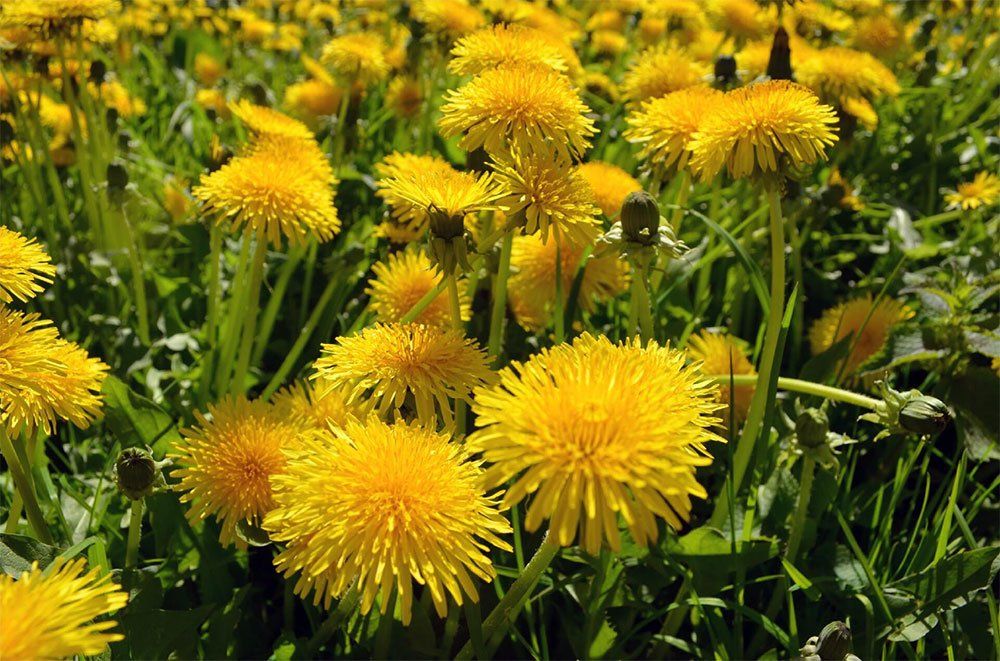
Weed Control & Fertilization
Our Lawn Care Program includes up to 7 applications of weed control and lawn fertilization to achieve the beautifully vibrant, green lawn you’ve always dreamed of!
Weed Control & Fertilization -
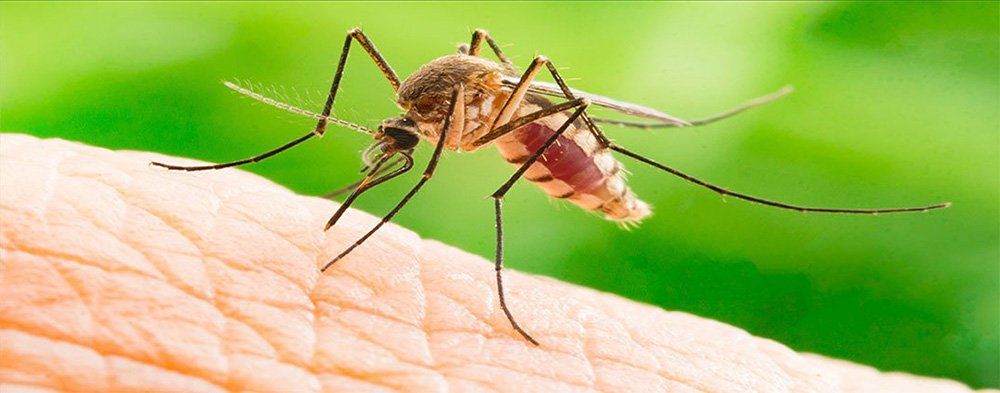
Mosquito Control
PLUS Perimeter Pest
Combine with Flea & Tick for a SPECIAL DEAL!!!
Mosquito Control -

Flea & Tick Control
Combine with Mosquito Control for Additional protection from pests.
Flea & Tick Control -

Grub Control
GrubPro is an exclusive offering from Custom Lawn Care that is applied once every season and is GUARANTEED for ONE FULL YEAR.
Grub Control -
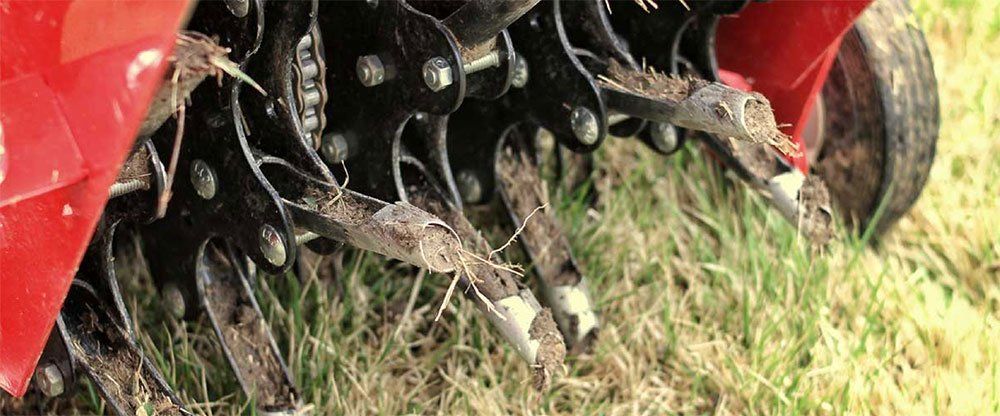
Core Aeration
The Lawn Care SECRET WEAPON!!!
Core Aeration
Custom Personalized Lawn Care is your local solution for :

Phone: (800) 570-3313
Mailing Address:
P.O. Box 90079 Burton, MI 48509
All Rights Reserved | Custom Personalized Lawn Care



